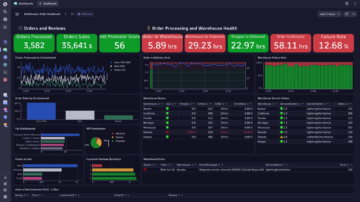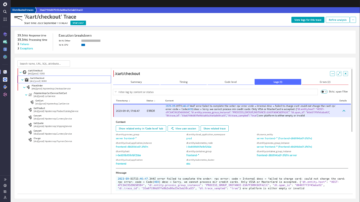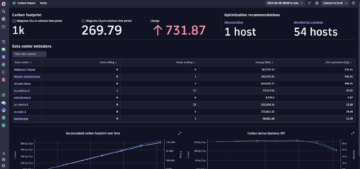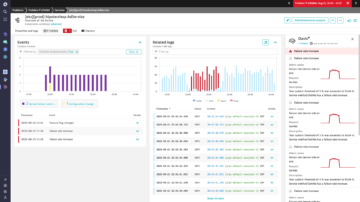
Dynatrace vs.
AppDynamics
Dynatrace provides a comprehensive single view of how the application ecosystem functions, unifying observability, security, and business analytics. We are a unified observability platform – a single solution for on-premises, cloud, and cloud-native environments.


Unified Observability Platform
Why leading enterprises choose Dynatrace over AppDynamics
Reason #1: Unified observability platform
Dynatrace provides end-to-end observability across your entire application stack regardless of where it is hosted - on-premises, cloud, or cloud-native.

Reason #2: Fast time to observability
Dynatrace provides fast time to value with a fully automated deployment process as well as Al-powered analytics and out-of-the-box insights for immediate observability into the health and performance of applications and infrastructure.

Reason #3: A better way to find answers and automate
Dynatrace combines causal, predictive, and generative AI, boosting productivity across operations, security and development, and business teams. Dynatrace rapidly identifies root cause and remediates service affecting issues.

A Leader in the 2025 Gartner® Magic Quadrant™ for Observability Platforms
Read the complimentary report to see why Gartner positioned us highest for Ability to Execute in the latest Magic Quadrant.
This graphic was published by Gartner, Inc. as part of a larger research document and should be evaluated in the context of the entire document. The Gartner document is available upon request from Dynatrace. Dynatrace was recognized as Compuware from 2010-2014.


Customers Love Us




Top reasons customers switch to Dynatracе from AppDynamics
To innovate and thrive in a multicloud world, organizations need automatic, AI-powered observability from a single modern platform. Legacy APM solutions like AppDynamics aren’t cutting it in modern cloud environments. Hundreds of organizations have switched to the Dynatrace Software Intelligence platform for its end-to-end, cloud-native observability. Dynatrace spans from the data center to cloud and supports all hyperscalers, container and microservices environments, and major technologies.
Get the eBook and learn the four reasons organizations choose Dynatrace over AppDynamics.

Start your 15-day free Dynatrace trial today!
Want to see what intelligent observability powered by AI and automation can do for you? Get a free trial of the Dynatrace platform now.




